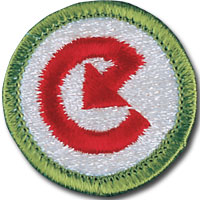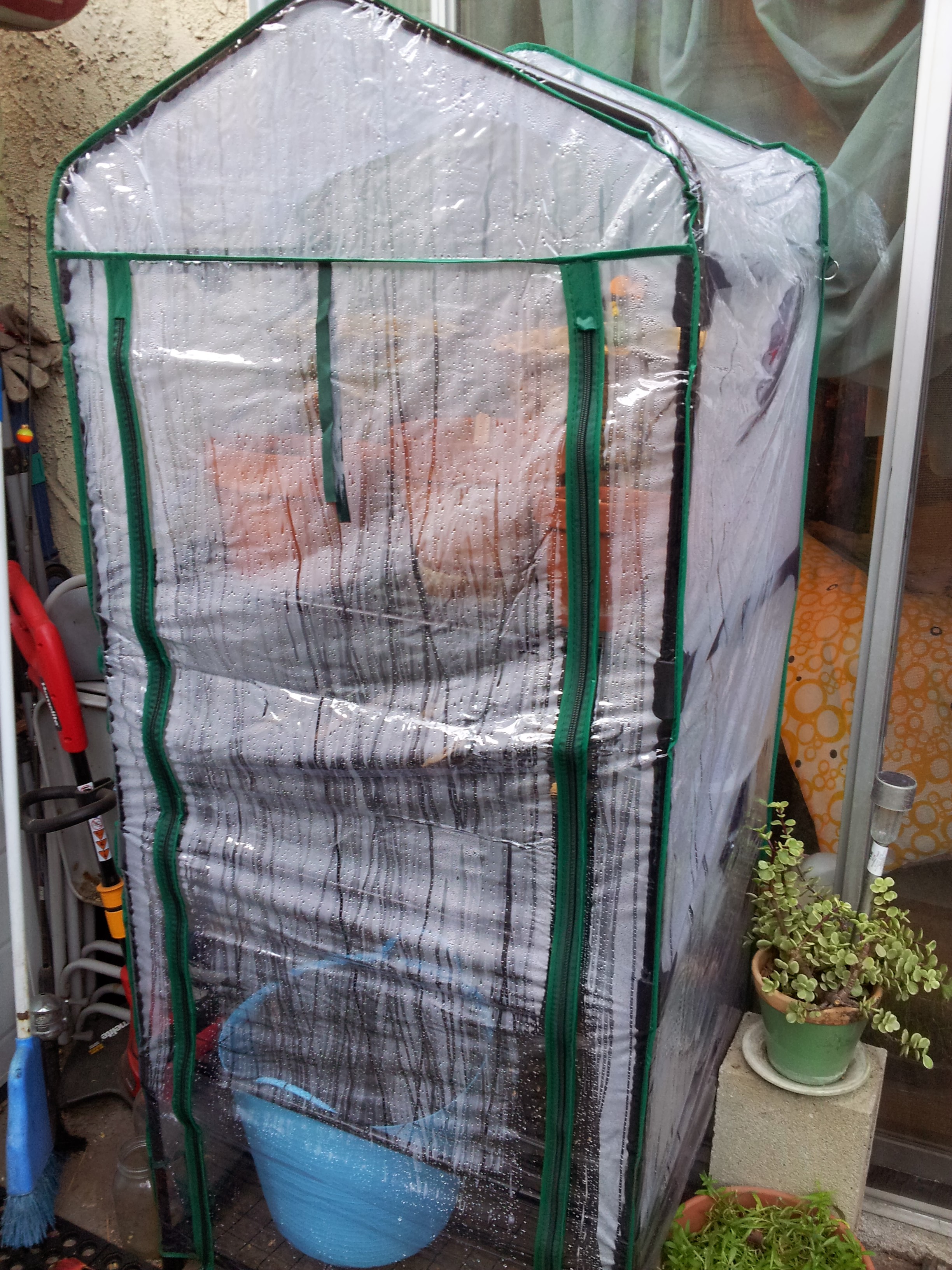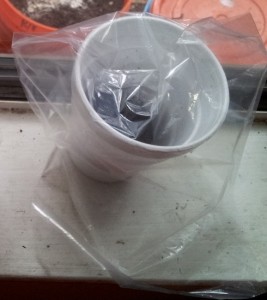 Click here for the official guidelines from the Boy Scouts of America for the Energy Merit Badge.
Click here for the official guidelines from the Boy Scouts of America for the Energy Merit Badge.
The use of energy factors in considerably when examining the issues of food supply and distribution. Further, utilizing energy is a fundamental aspect of all living things, including plants. In looking for an article on the use or conservation of energy for this badge, consider researching how much energy is used to grow food commercially and transport it to stores versus the energy used to grow food at home.
One option for this badge is to explain how energy is converted in a greenhouse. The badge also requires you to construct a system that makes at least two energy conversions and explain them to your Badge Counselor. You may choose to accomplish this using a real greenhouse or a greenhouse-like structure, even if it is something as simple as a plastic baggie inverted to cover a cup.


If you use a greenhouse or greenhouse-like structure, even if it’s just a cup and a baggie, for starting seeds for a self-watering bucket container, you will be converting light energy into heat and your sprouts will use light energy to convert nutrients into food energy through photosynthesis, which then promotes their growth. The energy created through photosynthesis is used to create more plant cells, and grow the sprout bigger. Eventually, once the sprout is planted in its container, that energy conversion process will drive the creation and development of new branches, leaves, flowers, and fruit or vegetables as well as extend the roots into vast networks through the soil.
To that end, where the badge requires you to explain to your Badge Counselor a common example of a situation in which energy moves through a system to produce a useful result, you may want to consider explaining the system of the energy that exists among plants, the atmosphere, the soil, and the sun. The cycle of energy usage involving plants is a highly sophisticated, complex system that occurs as a natural phenomenon and exceeds the current design capacities of the human race. It is quite worthy of research and exploration.
When you consider how that cycle serves to produce plant-based foods for humans and their livestock, the complexity widens to systems of energy conversion that include animal and human digestion; hunting, gathering, cultivating, and/or raising plants and animals for human consumption; processing, packaging, warehousing, transporting, and selling commercial foods; and shopping for, storing, preparing, and consuming food. You can follow the path of the energy from system to system. See also the Environmental Science Merit Badge.
Return to Boy Scouts Page

Great web site
Thank you!